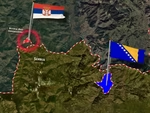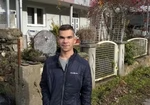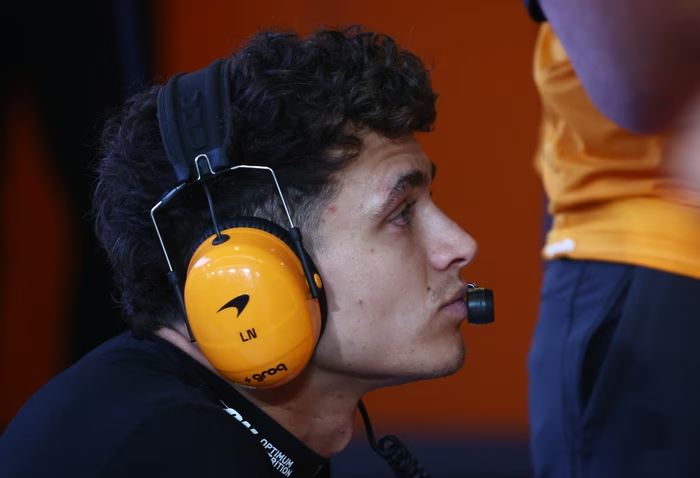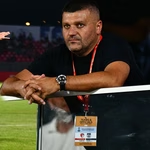
Bosnian and Croatian officials must meet to talk about a bridge Croatia started building in order to connect its territory bisected by Bosnia, Bosnia’s Transport and Communications Minister, Ismir Jusko, told N1.
The structure runs over Bosnian waters but Sarajevo never approved the project.
The Peljesac Bridge is intended to link the Croatian mainland and the Peljesac Peninsula, bypassing a 15 kilometre-long strip around the city of Neum that represents Bosnia and Herzegovina’s only coast on the Adriatic Sea. The bridge would cut travel time between the Dubrovnik area and the rest of the country by circumventing customs and border controls around Neum.
Predominantly Bosniak political parties are against the construction of the Peljesac Bridge because they believe it might prevent large vessels from entering Bosnia's Bay of Neum, threatening Bosnia and Herzegovina's access to open sea.
They also claim that the border between the two countries in the bay remains undefined.
Bosnian media said that the Chairman of Bosnia’s tripartite Presidency, Bosniak member Bakir Izetbegovic, might resort to filing a lawsuit against Croatia with the International Tribunal for the Law of the Sea (ITLOS) in Hamburg. Izetbegovic said that Croatia has ignored all pleas coming from Bosnia requesting the construction be halted.
"There was a strategic error in negotiations in 2006 and 2007," Minister Ismir Jusko said. "They discussed the technical characteristics without first talking about the maritime borders."
Since this time, he said, there have been no joint meetings between Croatian and Bosnian officials on the matter.
Jusko himself would have initiated meetings with Croatian officials, if he had gotten a "green light" to do so, he said.
"Eight months ago, when I reported to Parliament on all that has been in 2006 and 2007, my concluding remark was: 'I will fully oblige with your instruction on this matter, and I want you to give them to me.' Had I initiated any activity, you can be certain that I would have been told: 'who gave you the green light? Who approved you starting such activities'?" he said.
Jusko said that maritime borders are not within the competency of his ministry, but that a State Border Commission is supposed to tend to the issue. "But we are prepared to be part of any team that will solve this problem," he said.
The issue should have been solved 11 years ago and before the European Commission approved funds for the construction became operational. He said that he informed European Commissioner for Transport, Violeta Bulc, of the problem, and that she advised him to address European Commission representatives directly.
"This is a problem between two countries, Bosnia and Herzegovina and the Republic of Croatia, and we need to meet over it. European Commission representatives can be part of this team, but it is an issue only we can solve," he said.
Jusko also said that, throughout the past three years, his ministry and other actors in Bosnia had sent four requests proposing the establishment of a joint team, composed of Bosnian and Croatian officials, that would discuss the issue.
"We have not received an answer from our colleagues in Croatia to any of those four requests," he said.
He also commented on media speculations that there will be a lawsuit against Croatia.
"Because of neighbourly relations we have with Croatia, Serbia and Montenegro, a lawsuit is the last option for solving problems," he said. “"efore that, we need to exhaust all other possibilities, most of all open discussions aimed at solving that problem."
The solution must be one that both countries benefit from, he said. But if this does not succeed, then he agreed that "other methods" must be initiated.
"Regardless of everything, I am an optimist in my belief that a joint solution can be found, not only regarding this issue, but also regarding many other unresolved issues," he said, adding that Croatia and Bosnia share a thousand kilometre border and have many joint ongoing projects.
Kakvo je tvoje mišljenje o ovome?
Učestvuj u diskusiji ili pročitaj komentare





 Srbija
Srbija
 Hrvatska
Hrvatska
 Slovenija
Slovenija



























































